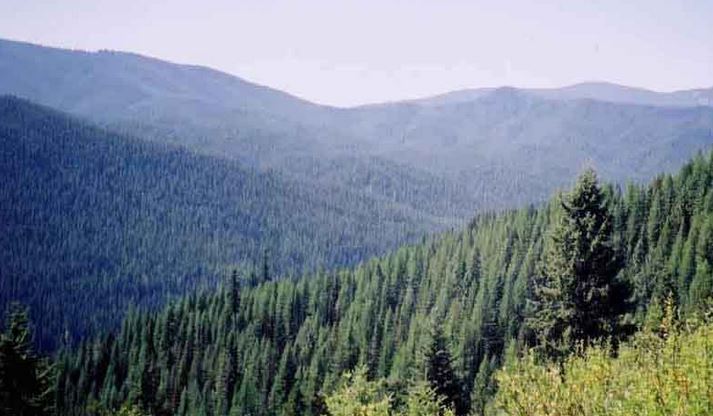
We all know that insects are a vital part of our environment. But at the same time, it is worth noting that some of these bugs tend to cause a lot of harm to trees and plants and therefore may need to be kept under control. We list down different bugs that can harm or kill trees and plants in the Rocky Mountain region. Read on.
1. Mountain Pine Beetle
This aggressive beetle is renowned for its destructive nature, characterized by major pitch tubes on a tree’s bark. Outbreaks usually happen in mature forests. One sign of mountain pine beetle infestation is gradual fading of trees from yellow-green to red-brown. You can easily tell that a tree is a host of this beetle mainly because you will find woodpeckers digging beneath the barks for larvae. The dark-brown cylindrical insect has been cited as a cause of destruction of lodgepole pine trees in Rocky Mountain National Park since 1996.
2. Eastern Tent Caterpillar
This is a dangerous foliage attacker that has made willows, wild cherry, apple, pear, hawthorn and plum trees its preferred residence. You will find colonies living in conspicuous nests during winter from where they create unsightly silky tents. As the family grows, so does the demand for food – which then means the host tree is stripped off all its twigs. Fortunately, despite weakening trees, these cocoons hardly kill them.
3. Peachtree Borer
The Colorado State University categorizes it as the most destructive insect pest of plum, cherry and other fruit trees. This is because the borer hides under the bark of trees creating massive gouges (also affects upper roots of living trees). Its young larvae dig into the sapwood of the tree causing wounds in the bark. The harm is usually massive during warmer weather as the larvae have to feed more before reaching pupa stage.
4. Tiger Moth
This is not your ordinary moth – it has reddish brown forewings and white hindwings. It spends most of its time around pine trees producing larvae (caterpillars) whose hair causes a skin rash when it comes in contact with some people. While the moth is blamed for the bulk of harmful effects, the larvae is actually the main culprit because it feeds extensively on foliage. This can cause significant injuries if left unchecked although permanent effects are rarely reported.
5. Terminal Weevil
Every April, an army of these marauding creatures emerges creating punctures around trees as it feeds. Two months later, they hatch eggs thereby giving way to formation of larvae, which kill terminal shoots causing loss of 2 years of growth. It’s easy to tell when a tree is under terminal weevil attack as the top begins to droop in midsummer.
6. Spider Mites
Unlike their namesakes (spiders), spider mites eat plants as they are herbivores, not carnivores. They usually devour host plants by piercing and sucking out the fluids – this gradually causes browning or yellowing of leaves. Besides doing that, they create webbing that not is not only unsightly but also can damage the plant leaves. It’s even more challenging to deal with these spider mites because they tend to be fuelled by use of insecticides and fungicides which may kill other organisms that keep the mites under control.
Conclusion
This is by no means an exhaustive list of bugs that can cause permanent harm or even kill your trees/plants. Different weather patterns, foliage and even tree age may determine the kind of insects that attack. If you have specific questions or notice an infestation, be sure to call your local tree service, if you are in the Denver area feel free to contact TreeRemovalDenver.net at 855-335-1596.